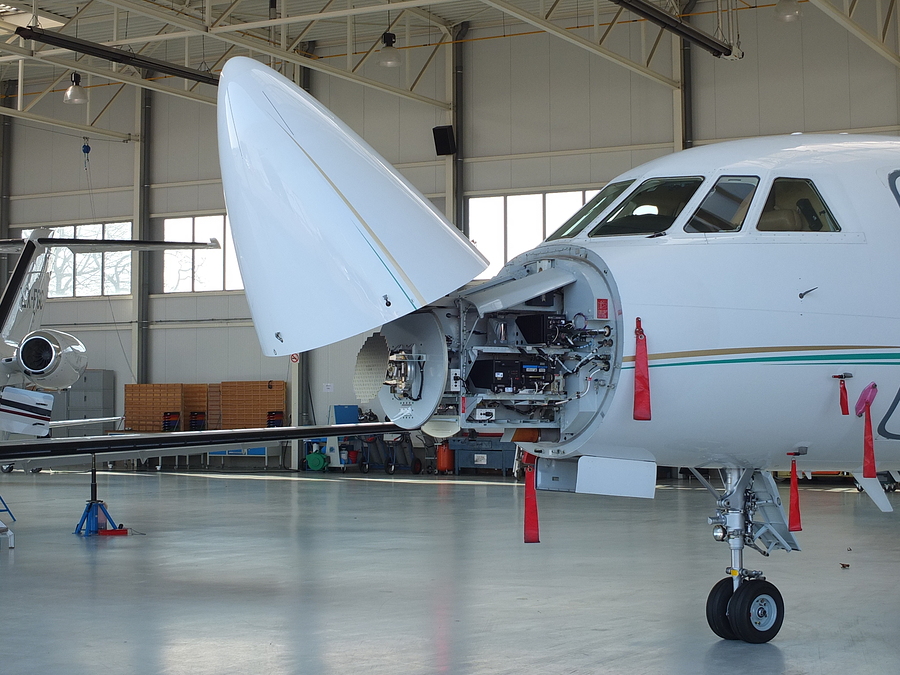A 2017 report by the Aerospace Industries Association of Canada (AIAC) and Innovation, Science and Economic Development Canada (ISED) provides a flattering picture of the aerospace industry at multiple levels: contribution to the GDP, jobs/wages, Research and Development, world ranking, partnerships, etc.
Aerospace in Canada in a few figures
The aerospace sector in Canada covers 700 companies of all sizes, involved in fields of activities as varied as aircraft design (Bombardier), manufacture of engines (Pratt & Whitney Canada), creation of flight simulators (CAE), development of critical information systems (Thales), etc. In fact, this industry is developed around maintenance, repair and overhaul (MRO) services and the manufacturing sector. While MRO activities are very present in Western Canada (44%), the manufacturing sector is very dynamic in Quebec (55%). Ontario has as strong a presence in MRO (25%) as in the manufacturing sector (25%).
In 2016, the contribution of Canada’s aerospace industry to the GDP was $28 billion, 70% for the manufacturing sector and 30% for MRO services, or 208,000 jobs distributed between the aerospace industry (87,200), suppliers to the industry (70,600) and expenses consumed for the associated employees (49,900).
In terms of Research and Development, the manufacturing domain of the aerospace industry is the largest contributor (29%), with $1.64 billion in 2016, compared to 71% for all manufacturing industries in Canada.
An outward-looking industry
Canada is very well placed in various rankings related to aerospace: it holds 1st rank in flight simulation for civil aviation, 3rd place for civil aircraft and also for civil aircraft engines. Its very good international position is also due to its strong export capacity: 61% of Canadian exports are supply chain products (53% for aircraft engines, 18% for aerospace parts, 16% for avionics and 13% for landing gear), 35% for finished products (aircraft, helicopters, spacecraft) and 4% for flight simulators.
The Canadian government plays a significant role in making the Canadian aerospace industry competitive and encouraging foreign companies to come to Canada – various types of financing (tax credits, financing programmes, etc.) promote establishment of a R&D centre in Canada for foreign companies.
Finally, the aerospace industry has very high levels of partnership and collaboration, compared to other manufacturing sectors. As an example, between 2012 and 2014, 35% of the companies in the aerospace sector had formed partnerships with other companies (compared to 18% for the entire manufacturing sector), 25% with colleges and universities (compared to 8%) and finally 23% with government organizations (compared to 6%). Thus, many students pursuing advanced programs in aerospace engineering (Carleton University, McGill University, Ryerson University, University of Toronto) are continuously joining the sector’s companies.
It is undeniable that the Canadian aerospace sector is a vast sector, offering a very broad range of professions and enjoying some good years ahead. As evidence, there is a potential for 7,000 aircraft by 2034 for the regional jet market, the C Series type.
